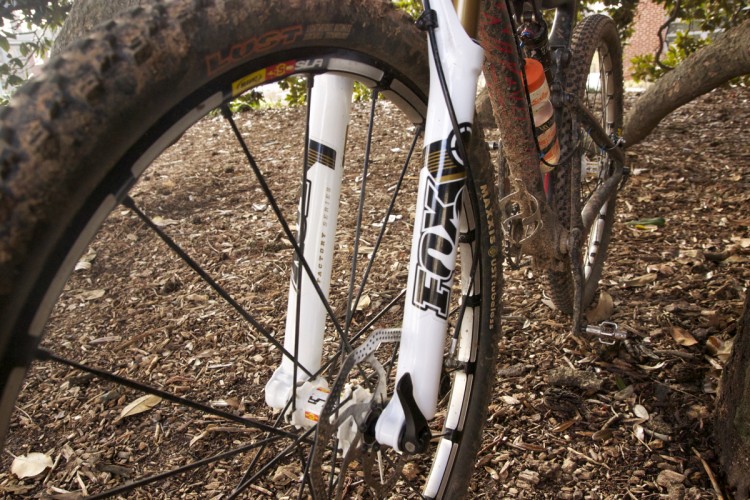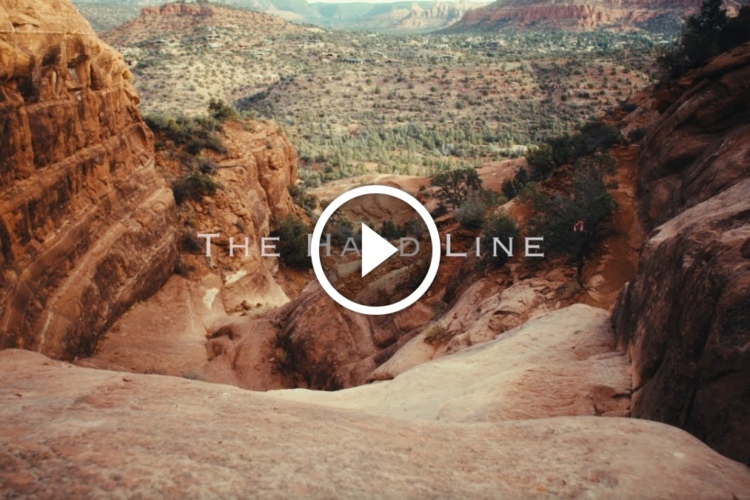
Update from the Editor, February 2, 10:32am:
Apparently between the time this news article was written yesterday evening and it was published this morning, Congressman Jason Chaffetz posted on his Instagram account that he would be withdrawing House Bill 621 today:
While we still have not seen official confirmation that the bill has been withdrawn, hopefully Chaffetz follows through on his promise.
Original Post:
Author’s Note: This topic is potentially one of the most emotional you may read on this, or any other outdoor site. The topic is the ultimate source for a highly charged op-ed. However, I make great effort to give a purely factual presentation here. I expect each reader will have his/her own probably highly-emotional reaction without me stirring things up.
The newly-introduced House Bill 621 (see the full text here) land disposal report, if ultimately signed into law, would require the Bureau of Land Management to sell off lands previously identified for “disposal.” These lands were originally identified in 1997 as the result of a Clinton Administration effort to find offsets to help pay for the revitalization of Florida’s Everglades following years of negative environmental impact. In the end, efforts supporting the Everglades were taken without having to dip into this inventory of public lands. The report identifying these lands has lain fallow for 20 years–until now. The current legislation would use the proceeds of land sales for debt reduction.

The sum total of all identified lands adds up to 3.3 million acres, and are scattered across 10 western states: Arizona, Colorado, Idaho, Montana, Nebraska, Nevada, New Mexico, Oregon, Utah and Wyoming. However, the published inventory from 1997 (see the full memo here) (also archived here for posterity) only lists parcels by acreage per each affected county and state. Maps are not readily available to fully assess exactly what parcels may be on the chopping block and how that may affect each of the various user groups which may have ties to those lands or the wildlife which inhabits them. While specific maps are hard to come by, reports indicate that since the original memo was published, three of the parcels have been designated as National Monuments.
The original memo contained a list of seven potential impediments to land transfer:
- Lack of legal access
- Mineral leases located on the property
- Mining claims exist on the property
- Habitat for threatened or endangered species
- Lands located in floodplains or within wetlands
- Lands contain historical or cultural values
- Hazardous material or other contamination exists
- Survey or title problems exist
Most of the parcels under consideration list one or more of these impediments. It is unclear at this time if or how these impediments might actually prevent the sale of any of these lands. As written, the bill requires the Secretary of the Interior to report to Congress on which lands have not been sold and why no later than the date the bill goes into effect. It also requires a new inventory of lands which may be suitable for disposal, so the amount of land for potential transfer could actually go up.

The bill was introduced by Representative Jason Chaffetz from Utah’s 3rd Congressional District. It is a purely Republican-sponsored effort, and the general belief is that it is being swiftly advanced at this time due to the new Republican control of both houses of Congress and the White House.
It is interesting to note, however, that most of these so-called red states are largely populated with outdoorspeople who are very closely tied to their public lands, even when they identify strongly as Republicans, which could make for an interesting dynamic as the obviously coming battle intensifies. It is also interesting to consider that President Trump’s selection for the post of Secretary of the Interior, Rep Ryan Zinke (R-Montana), went on record during his confirmation hearing as being “ . . . absolutely against transfer and sale of public lands. I can’t be more clear.” The cabinet post has no lawmaking authority, so it remains to be seen what, if any, influence Secretary Zinke might have in this area.
As I said in the note up front, each of you will decide if:
- This is okay
- This is not okay
- I need to know more before I decide if this is okay or not okay
- This is not okay but could be okay with the proper modification
- I don’t care
If you fall in camps 2-4, know that the bill is currently only in committee and has not yet made its way to the full house. Within the House Committee on Natural Resources is the Federal Lands Subcommittee. Should you feel the need to express your opinions to any of the subcommittee members who will first take up this bill, links to each can be found on this page.





















1 Comments
Feb 2, 2017
Unfortunately it seems we're not out of the woods yet. :)
https://sgbonline.com/house-introduces-national-park-drilling-resolution/